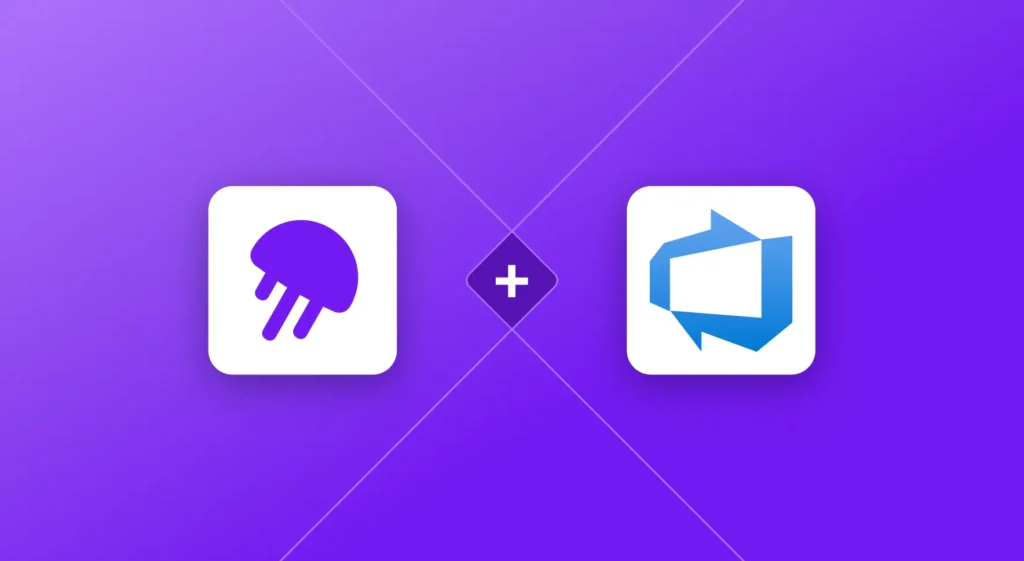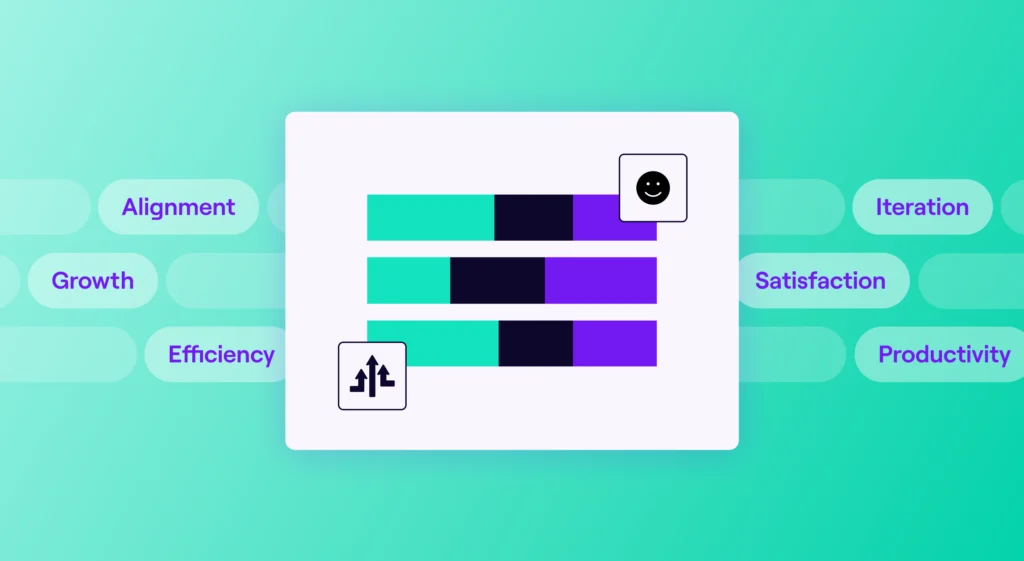For some time now, progressive cultures, forward-thinkers, futurists, and just plain old companies trying to do right by their employees have touted the benefits and even the necessity of embracing remote and distributed workers. In 2019, Stripe’s CTO announced its fifth engineering hub in addition to San Francisco, Seattle, Dublin, and Singapore would be “Remote”. He noted, “Our users are everywhere. We have to be, too.” Even before that, InVision proved it could run its entire company with a remote engineering team, even considering it a competitive advantage. InVision has continued to make waves and publish interesting content about the trends toward a remote work culture.
A New Remote Reality
Still as of early 2020, a lot of companies had not made the transition. But things have changed dramatically in the past weeks. This COVID crisis has forced the hand of many companies and just about every software team. I think it’s safe to say, if you weren’t a remote engineering team before, you probably are now. So a lot of engineering organizations have been forced to change, and fast.
We’re fortunate in the sense that we have the technology now to enable remote work. We can still talk “face-to-face,” schedule remote meetings. We have multi-chat to do standups. And we can chat much as we would in the office with tools like Slack. But still, working fully remotely is different in important ways. It affects different teams differently, based on where they were in the remote maturity curve.
Engineering Leaders Weigh In
At Jellyfish, we’re fortunate to work with many industry-leading engineering leaders and their teams, so we’ve turned to them for some advice. We asked them about the changes they’ve faced and how they faced them. Here’s what they told us:
A strong process will get you far. Jack Walter, VP of Engineering at Crayon highlighted the importance of clean, well-oiled engineering operation. “…being fully remote puts an added emphasis on our processes. Good ticket hygiene, strong written communication, and quick iterations have all become much more important. I’ve also been attending stand-ups more frequently, just to keep a general pulse and make sure morale is OK.” He explained that because of his team’s established and rigorous approach to engineering processes, “I think our team has had an easier time adapting to being fully remote than they expected. The lack of informal social contact has been the most challenging part, but designing, building, and shipping product hasn’t really missed a beat. A simple, strong process works regardless of fully co-located or fully distributed.”
Make sure employees are taking care of themselves. One of our customers, a VP of Engineering in Boston, told us he wants to make sure everyone is taking time off if they need it during a particularly tough time. He explained he’s been surprised by how hard everyone’s working, day in and day out in the face of all of this craziness and uncertainty. “No one’s even mentioned taking a day or even an afternoon off. I keep telling my team that they can take whatever time they need, but everyone knows how much work we need to do now more than ever, and they’re committed.” So he’s creating a new company holiday next week to give his organization, wherever they are, a much deserved break, and some time when they don’t have to juggle being employees, parents, and everything else all at once.
Visibility is more important than ever. A CTO we’re friendly with at a customer data company in California asked himself why it took him so long to start measuring productivity, and plans to continue doing it after employees after the team is allowed back in the office. “We realized that we didn’t have a good idea of how people were working at home since we’ve really been an in-office culture before. So we actually just started pulling up Git data and looking at commits and PRs and trying to figure out progress that was being made on different projects. For me, it was kind of a light bulb moment, because I think I should have been doing that the whole time, but it took the entire team being mandatory remote as a forcing function for me to actually do anything about it.”
Maintaining work “between the margins.” Our very own CEO Andrew Lau is making adjustments too. “For our team, it’s been the small things that really make the business run smoothly that sometimes get lost in the transition to remote,” he said. “It’s the stuff that people feel isn’t important enough for a zoom meeting, isn’t worth interrupting someone on slack but not so small that you should ignore it completely – that sometimes just doesn’t happen or get talked about. And it’s been surprising for me to see just how much work actually happens in the margins. It’s certainly no revelation, but now more than ever it’s important to remember that you need to really make space for these little things – open zoom hours, company-wide virtual happy hours, assurances that ‘you really can slack or call me for anything,’ whatever your style may be.”
Your team might actually prefer it! Rob McDonald, VP of Engineering at Zaius said while his team was already distributed across two locations and additional remote employees, he has been working hard to maintain the culture and positivity of his team, scheduling team lunches and other opportunities for team leaders to interact more, “to replace the offhand chatter in the office.” But ultimately he’s been surprised by how naturally the engineering organization has taken to remote work. “Leaders of other departments tell me about real challenges with their teams as a result of not being able to socialize. My engineers tell me that hanging out at home is amazing, and nobody is bothering them.” Don’t forget, this is a time when we can all try and adopt new ways of working.
At Jellyfish, we’re trying to make managing remote engineering teams a bit easier by improving visibility into the work teams are doing and how it aligns to business priorities. But we’re all adjusting, learning, and adapting to this new reality and the lasting changes it will bring. Keep learning, keep leading your teams, and above all, stay safe.






